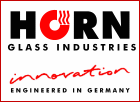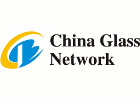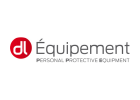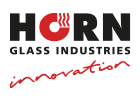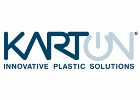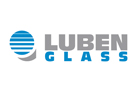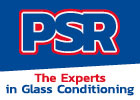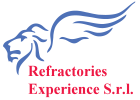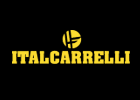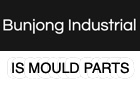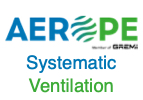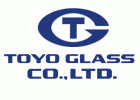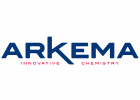We are pleased to share this article from Anses that had high impact on glass industry in the past days. Read here the English translation:
There are microplastics in all drinks, but those in glass bottles contain more than in plastic bottles, bricks or cans. This is surprisingly revealed by a study conducted by the unit in Boulogne-sur-Mer of the Food Safety Laboratory of ANSES. The hypothesis investigated by the scientists is that these plastic particles come from the paints of the bottles. Water and wine are less affected than other drinks. These results make it possible to identify a source of microplastics presence in beverages against which manufacturers can easily take action.
Water, soda, iced tea, wine or beer: the objective of the study conducted by ANSES was to know the level of contamination of these drinks by microplastics and the impact of their container on this level. For most of them, the amount of microplastics was more important in glass bottles than in other containers. Thus, the average number of microplastics in colas glass bottles, lemonades, iced teas or beers is about 100 plastic particles per litre. It is 5 to 50 times less in plastic bottles or cans.
“We expected the opposite when we compared the amount of microplastics in different drinks sold in France,” explains Iseline Chaib, a doctoral student in the Food Safety Unit of aquatic origin (SANAQUA, site in Boulogne-sur-Mer), who led the study at the ANSES Food Safety Laboratory. In the absence of toxicological reference data, it is not possible to say whether or not the quantities of microplastics found pose a health risk. The thesis was co-financed by the Hauts-de-France region and ANSES. The project was also supported by the IDEAL State-Region Planning Contract and the National Research Agency (IRFSEA University School).
In the specific case of water, the quantity of microplastics is relatively small regardless of its container, with an average of 4.5 particles per litre in glass bottles and 1.6 particles in plastic bottles or bricks. The wine also contains few microplastics, including in glass bottles with stoppers. The origin of these variability in the amount of microplastics in drinks remains to be explored, except for those contained in capped glass bottles.
The paint of the capsules that cause plastic particles in drinks
Scientists investigated the origin of microplastics found in beverages packed in caps of glass bottles. Given their characteristics, they concluded that these particles probably come from metal capsules, and more specifically from paint covering them. First index: the microplastics found in drinks are predominantly of the same colour and composition as the paint of the capsules. The second clue is that the paint of these capsules has mini-scraps, invisible to the naked eye, probably due to friction between the capsules when stored before use. This friction, releasing particles on the surface of the capsules, is thought to be the origin of the microplastics found.
Clean capsules before closing the bottles to reduce the number of microplastics
To confirm the route of contamination of beverages in glass bottles and explore the possibility of reducing the quantities of microplastics, the laboratory tested the effect of cleaning operations. “We looked at three scenarios,” explains the PhD student. We cleaned the bottles and filled them with filtered water so that no detectable microplastics were left, then we encapsulated the bottles either without any capsule treatment, or after blowing the capsule with a bona fancy of air, or after blowing air and then rinsed the capsules with filtered water and alcohol. ”
Result: while 287 particles per litre are found on average in the water of closed bottles with uncleaned capsules, this number decreases significantly by blowing on the capsules before encapsulation, reaching 106 particles per litre. It drops to a further 87 particles with blowing followed by rinsing.
To avoid the release of plastic particles from beverages in encapsulated bottles, manufacturers could also study other avenues, such as changing the storage conditions of the capsules before use to avoid rubbing or altering the composition of the capsule paints.
Research to identify microplastic sources
Microplastics are ubiquitous in the environment: in food, but also in the seas and oceans, rivers, soils, air, homes and even in human stools. This raises questions about their effects on health and the environment. In order to illuminate the public debate, ANSES is conducting several research projects to assess the quantity and nature of these microplastics in different foods, including seafood and beverages. It also analyses additives in plastics to estimate consumer exposure levels.
The most environmentally found plastics are polyethylene (e.g. old single-use bags), polypropylene (component for food plastic boxes) and polystyrene (often used as a protective device in packaging). In addition to the polymers and additives making up plastics, other contaminants, such as heavy metals and bacteria, can attach to their surface.


